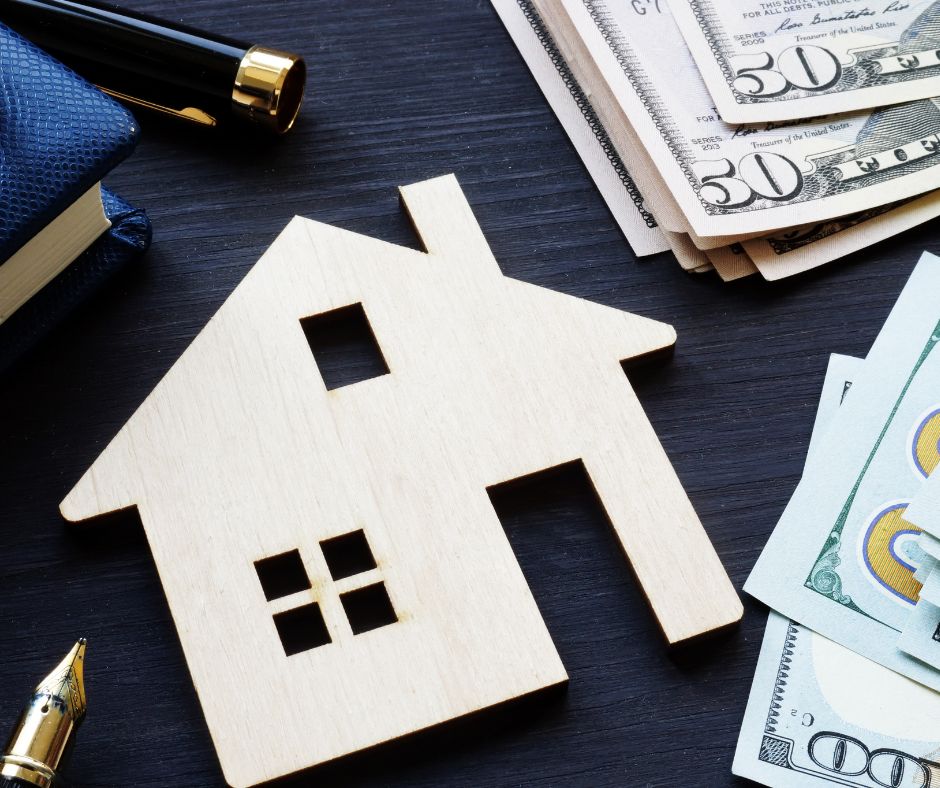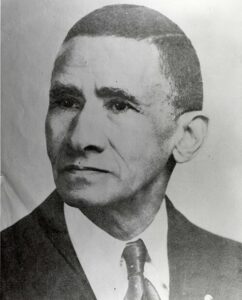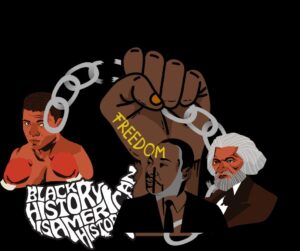In the spirit of Black History Month 2023, Black Entrepreneur History will dive straight into businesses and that were founded and artists that sprang up during the 1920s and 1930s Harlem Renaissance and the 60 million dollars of real estate that came along with that. Please realize that 60 million dollars in 1930 equates to just over 1 billion dollars today in 2023, and this money was in one concentrated area – Harlem – not counting the other places in the USA.
The Black-owned businesses that were founded during what is also known as the New Negro Movement were businesses that catapulted the African American ethnic nation into not only a national, but an international, influence a whole century later into today.
During the Great Migration, when African Americans fled the South to escape Jim Crow laws and more terrible racism, a great majority of them landed in Harlem, New York. Now, despite the fact that Harlem was what we will call the capital of the Renaissance, the African American movement was all over the nation in the largest cities. According to the Smithsonian Institute National Museum of African American History and Culture,
At the height of the movement, Harlem was the epicenter of American culture. The neighborhood bustled with African American-owned and run publishing houses and newspapers, music companies, playhouses, nightclubs, and cabarets. The literature, music, and fashion they created defined culture and “cool” for blacks and white alike, in America and around the world.
Some, not all, of those more well known African American owned businesses and artists of various types were as follows:
- Charles Spurgeon Johnson’s Opportunity magazine
- Langston Hughes – known as the Father of Jazz Poetry & Leader of the Harlem Renaissance
- Louis Armstrong – Jazz musician
- Wallace Thurmond and William Rapp – playwrights of Harlem (1929)
- Meta Warrick Fuller and Augusta Savage – Sculptors
- Aaron Douglas – Artist
- The Black Bottom – an African American Nightclub known as “the hottest place in town[1]“
- Countee Cullen – poet
- Barbershops, Pool Rooms, restaurants, grocery stores, tailoring shops and more

For anyone still not aware of how influential the Harlem Renaissance was, African Americans, during a span of time of fifteen years, acquired “60 million dollars worth of real property in Harlem[2]”, and according to the writer of what is the Black National Anthem and the Democrat and Chronicle newspaper:
In one square mile a little to the north of Central Park in New York City live more Negroes than ever have been gathered together in the history of the world. That square mile is Harlem – a colored city as large as all of Memphis or Dallas – where in fifteen years Negroes have acquired real estate worth $60,000,000. Throughout colored America, from Massachusetts to Mississippi, and across the continent to Los Angeles and Seattle, its name which as late as fifteen years ago had scarcely been, now stands for the negro metropolis, writes James Weldon Johnson in the March issue of Survey Graphic, the first number of a national magazine to be given over to interpreting Harlem as the capital of the Negro race and the Mecca of the New Negro.
Harlem is indeed the great Mecca for the sight-seer, the pleasure-seeker, the curious, the adventurous, the enterprising, the ambitious and the talented of the whole Negro world; for the lure of it has reached down to every island of the Carib Sea and has penetrated even to Africa.Harlem is not merely a negro colony or community, it is a city within a city, the greatest negro city in the world. It is not a slum or a fringe, it is located in the heart of Manhattan and occupies one of the most beautiful and healthful sections of the city. It is not a quarter of dilapidated tenements, but is made up of new law apartments and handsome dwellings, with well paved and well lighted streets …with its own churches, social and civic centers, shops, theaters, and other places of amusement.
…the population suddenly darkens and he rides through twenty five solid blocks where the passers by, the shoppers, those sitting in restaurants, coming out of the theaters, standing in doorways and looking out of windows are practically all Negroes, and then he emerges where the population suddenly becomes white again. There is nothing like it in any other city in the country, for there is no preparation for it; no change in the character of the houses and streets; no change in deed in the appearance of the people, except their color.
Democrat and Chronicle 15 Mar 1925, Sun · Page 63
Happy Black History Month.
Sources:
- The Brooklyn Citizen31 Oct 1930, Fri · Page 1
- Democrat and Chronicle 15 Mar 1925, Sun · Page 63





More Related Stories
More Black American Midwives Are Needed Across the USA After Systemic Attacks Reduced Their Numbers in the 1900s
Purchase Land & Make it an Asset, Not a Liability
Need Money To Start a Business? Apply For a Business Loan Using These Steps